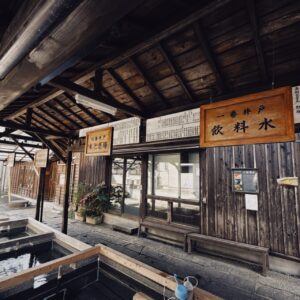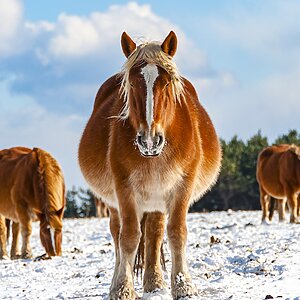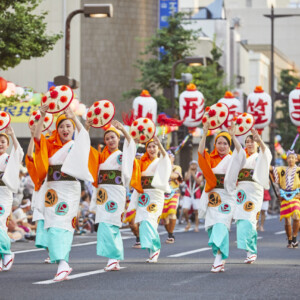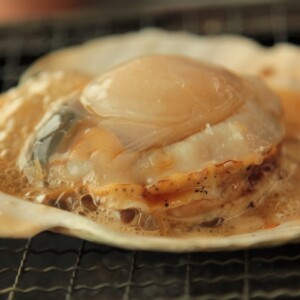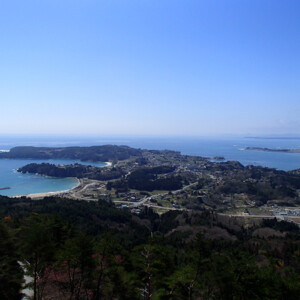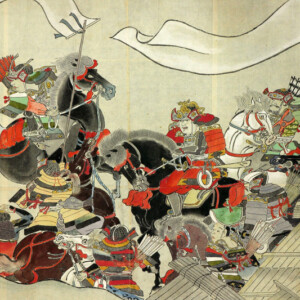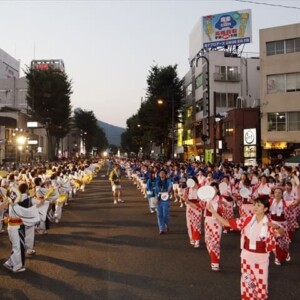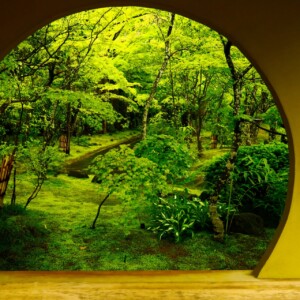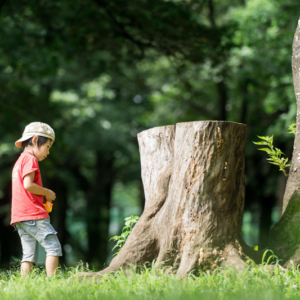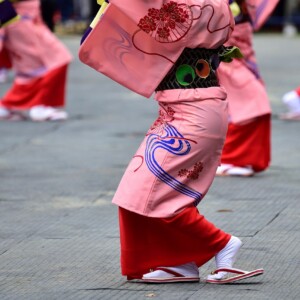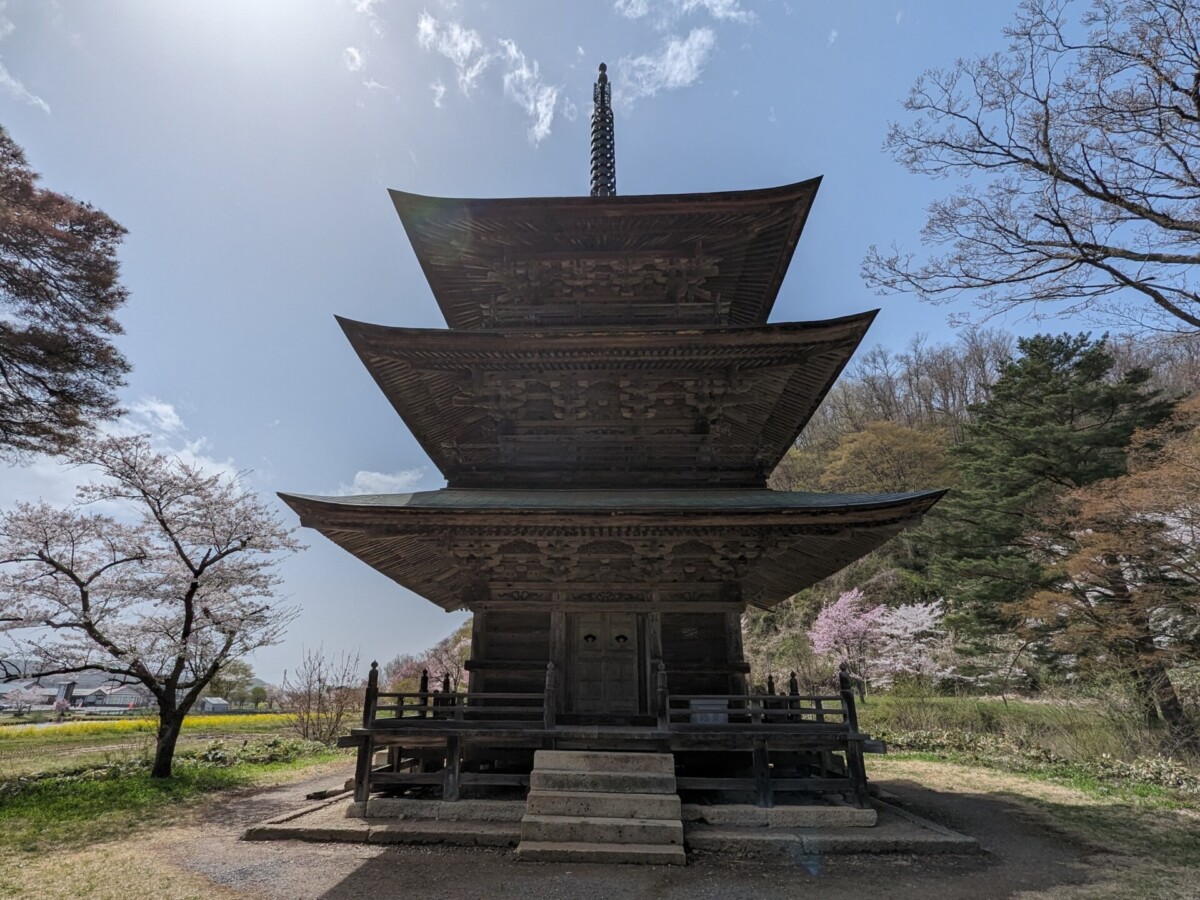
Yasukutsu Hachiman Shrine, which has a unique three-story pagoda in the Okitama region, is home to many mysteries in history [Yamagata Prefecture]
table of contents
In the southeastern part of Yamagata Prefecture, Takahata Town, which is famous for its wine, there is a shrine called Akutsu Hachiman Shrine
with the only three-story pagoda in the Okitama region , but due to a series of unfortunate accidents, most of its history is shrouded in mystery. This time we will introduce Akutsu Hachiman Shrine in Takahata Town.
A shrine located along National Route 113
Akutsu Hachiman Shrine is a shrine located along National Route 113 that runs from Takahata Town in Yamagata Prefecture to Shichikashuku Town in Miyagi Prefecture.
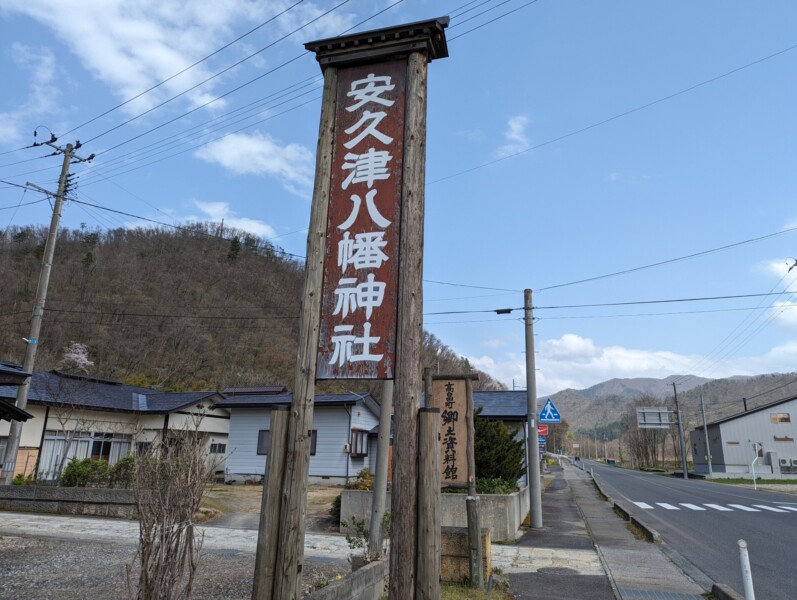
The area is full of spots perfect for sightseeing, such as Mahoroba Furunosato Historical Park, Yamagata Prefectural Ukitamu Fudoki-no-Oka Archaeological Museum, Roadside Station Takahata, and Takahata Town Local Museum. .
The mysterious history of Akutsu Hachiman Shrine
that Akutsu Hachiman Shrine was founded in 860, Jikaku Daishi Ennin built the Amida Hall with the help of the local powerful family , Akutsu Iwazaburo
Although it is not certain, it is said that , Minamoto no Yoshiie, commonly known as Hachiman Taro,
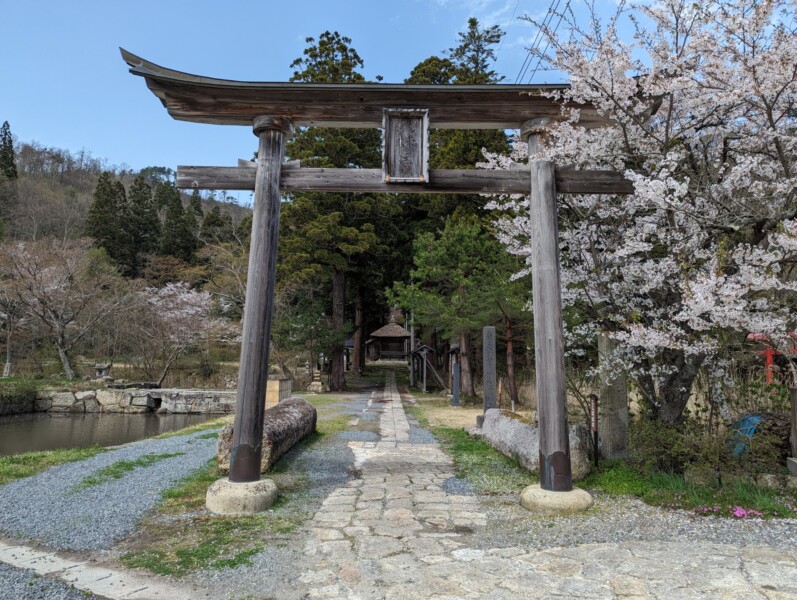
Records were destroyed due to repeated fire damage.
After that, it reached its peak during the era of the Nagai clan and the Date clan, which ruled the Okitama region, and there were a total of 12 temples In contrast to Narushima Hachiman Shrine in Yonezawa City, it was also called ``Narushima Hachiman of the West'' and ``Akutsu Hachiman of the East.''
However, after that, treasures and valuable books were destroyed in repeated fires. the main shrine has been destroyed by fire seven times as far as records remain .
Then, in the Meiji period, temples within the headquarters were abolished due to the ordinance separating Buddhism and Shintoism. The remaining buildings were also destroyed by fire and remain to this day.
buildings within the temple grounds
Although Akutsu Hachiman Shrine has had the misfortune of suffering fire damage many times over its long history, there are still several buildings that remain today, including the worship hall, main hall, and three-storied pagoda.

Jijibaba stone
Two stones on pillars standing under the torii gate at the entrance to the shrine.
Legend has it that a long time ago an elderly couple were determined to ``build a torii gate in one day and night,'' but they were unable to do so, so they gave up and threw the stone away.
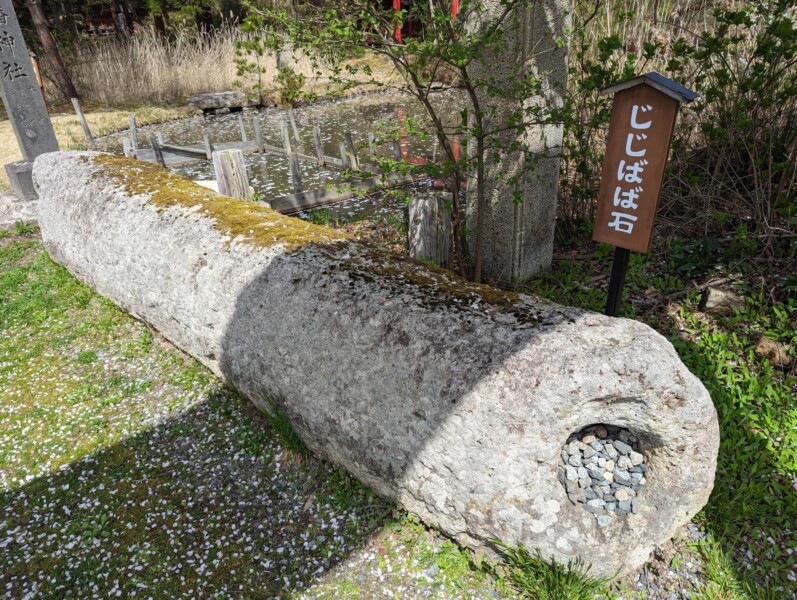
If it's true, it would be quite an accomplishment for an elderly couple to bring such a huge stone here, but a local Yamagata expert thinks it may have been a support for a flag from the Asuka period. It is also said that
three-storied pagoda
A three-storied pagoda at Akutsu Hachiman Shrine. It is also the only three-storied pagoda in the Okitama region of Yamagata Prefecture
Originally, the three-storied pagoda was not a shrine but a temple complex, so it is proof that the 12 temples mentioned above in the history section did exist.
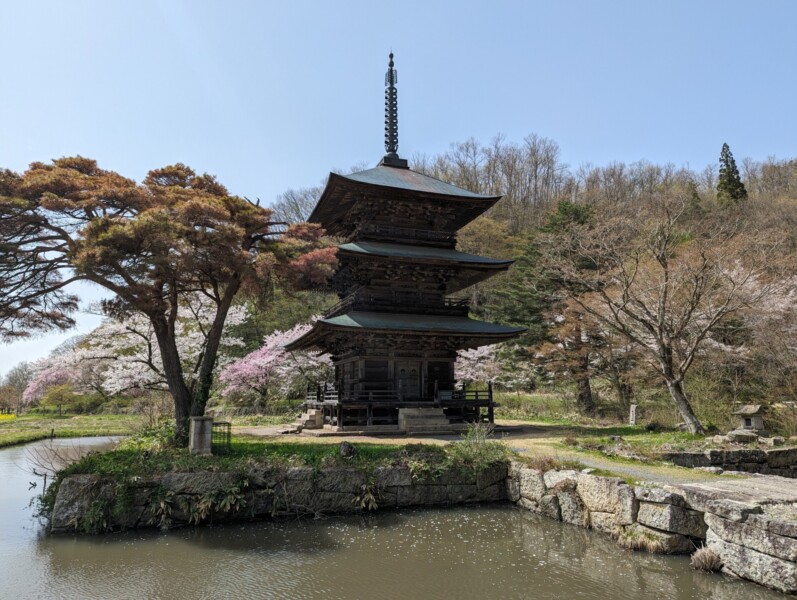
According to records, it was built in 1625, and collapsed once in 1790 due to damage from a strong wind. It was rebuilt in 1795 and still stands today.
It was designated as a tangible cultural property of Yamagata Prefecture in 1955.
Iwakoma Inari
``Iwakoma Inari'' is located on the right side of the approach to the shrine, opposite the three-storied pagoda.
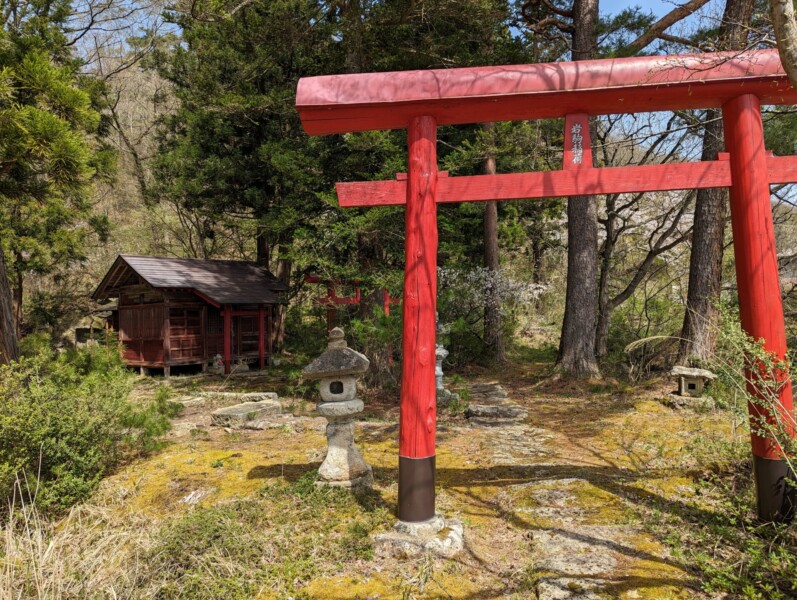
Behind the shrine building is a huge rock from which the name ``Iwa'' comes from, and a stone Buddha is engraved on the surface of the huge rock.
Bugakuden
The Bugakuden is built in the center of the approach, blocking the road. It is said to be a building built in the late Muromachi period, and Taue-mai is danced at the annual spring festival of Akutsu Hachiman Shrine, and Akutsu Ennen is danced at the annual autumn festival.

``Akutsu Ennen,'' which is performed at the annual autumn festival, was designated as an intangible folk cultural property of Takahata Town in 1988 as it is relatively old-fashioned, and in 1993 it was designated as a national ``Record Creation''. It has been designated as an "Intangible Folk Cultural Property for which measures should be taken."
The Bugakuden itself was designated as a tangible cultural property of Yamagata Prefecture in 1955.
Akutsu Hachiman Shrine worship hall and main hall
The worship hall and main shrine suffered repeated fire damage as mentioned above in history.
According to the few records that remain, the earliest record is that the shrine building was rebuilt in 1500 by Date Naomune, and since then it has been destroyed by fire seven times . It seems that it has been rebuilt.
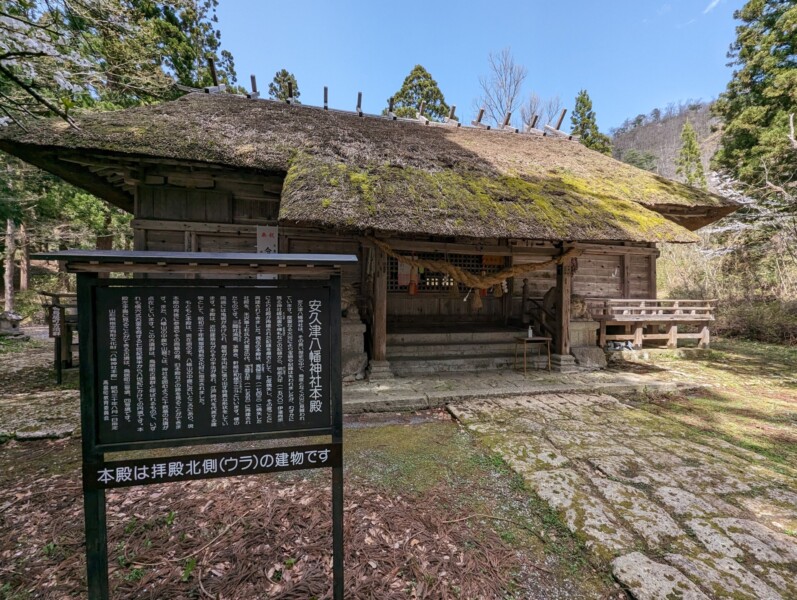
The current main shrine was destroyed in a fire in 1743, but was rebuilt in 1755 during the era of Shigesada, the ninth generation of the Uesugi clan of the Yonezawa domain.

The current main shrine was originally relocated from the middle of Mt. Hachiman in the background, and the approach, moat, and ruins of the old main shrine can still be seen on the mountain.
The main shrine is built using Sangensha Nagaru-zukuri construction, with a thatched roof, and the eaves are made in a style called Wa-style Heisanto, with the roof having a unique shape that extends out in a semi-circle. Both the worship hall and main shrine were designated as tangible cultural properties of Yamagata Prefecture in 1955.
Akutsu Tumulus Group
This tumulus group, located beside Akutsu Hachiman Shrine, is called the Toriicho branch Hayama tumulus , Kamoyama cave tumulus , Kitame , Genpukuji branch , Misone branch , and Akutsu clan Collectively they are called the Akutsu Tumulus Group
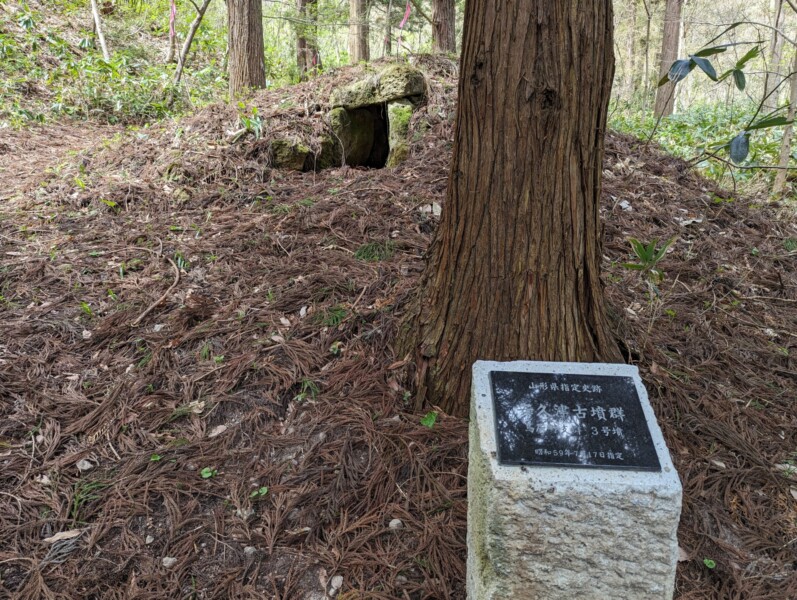
a round tomb with a horizontal stone chamber built using Takahata stone (tuff) a specialty of Takahata Town , and is thought to have been built between the late 7th century (Asuka period) and the mid-8th century (Nara period). Masu. A total of 39 units have been discovered and are scattered around the area.
It was registered as a designated cultural property (historic site) of Yamagata Prefecture in 1981.
summary
Akutsu Hachiman Shrine has been damaged by fire many times. It's a shame to think that if the many treasures and materials that were destroyed in the fire had remained, the history would have been passed down to the present day.
Nowadays, tourist attractions such as shrines and three-storied pagodas are concentrated in a group of ancient tombs dating from the Asuka period to the Nara period, and the surrounding area has been developed as a park and there is also a roadside station. If you visit Takahata Town, be sure to stop by. It has become a must-see tourist spot.
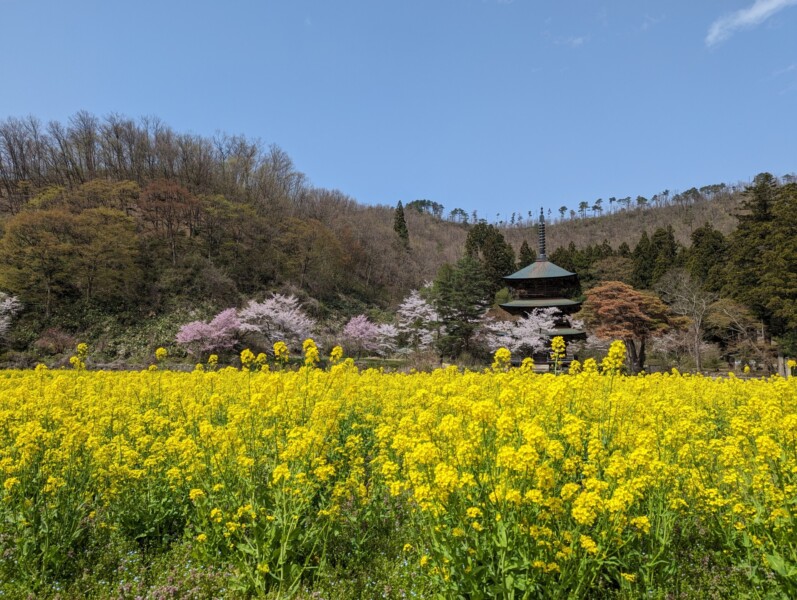
As you can see in the photo, you can see the three-storied pagoda against the rape blossoms and cherry blossoms in full bloom at Mahoroba Furunosato Historical Park we recommend visiting in spring
Akutsu Hachiman Shrine<Information>
- Name: Akutsu Hachiman Shrine
- Address: 2043-2 Yasukutsu, Takabatake-cho, Higashiokitama-gun, Yamagata 992-0302
- Phone number: 0238525990
- Official URL: Takahata Town Official – Akutsu Hachiman Shrine




![[Tono, Iwate Prefecture] “Tono Monogatari no Yakata” allows you to experience old tales for yourself! Let's explore the hometown of monsters on a rental bicycle 205+Tono City_Toono Story House⑤_(Winter)](https://jp.neft.asia/wp-content/uploads/2018/11/d0c9879bf06d2bd9264d631e0fc08553-150x150.jpg)
![[Tsuruoka City, Yamagata Prefecture] Is the hot spring right in front of the sea? Have the best summer by swimming and soaking in the hot springs at Yunohama Onsen! 4012080_m](https://jp.neft.asia/wp-content/uploads/2022/08/4012080_m-150x150.jpg)
![[Inawashiro Town, Fukushima Prefecture] “Tenkyokaku” is a Western-style building loved by the imperial family! Let's wear a Meiji dress and become a lady! illumination](https://jp.neft.asia/wp-content/uploads/2018/08/2d9ed840da1aa01217172f486b7988c0_s-150x150.jpg)
![[Kitakata, Fukushima Prefecture] Kitakata, where the water is delicious, not only has ramen but also a lot of delicious sake! Introducing recommended sake breweries 23435785_m](https://jp.neft.asia/wp-content/uploads/2022/06/23435785_m-150x150.jpg)
![[Iwate Prefecture] Soft-serve ice cream with sake, miso and wasabi flavor! Why are the soft serve ice cream eaten at roadside stations so delicious? There's also school lunches! Iwate Prefecture Catch](https://jp.neft.asia/wp-content/uploads/2025/06/915fd0ce722ab0f21e74864401170847-150x150.jpg)
![[Yamagata Prefecture] Let's go try the delicious, locally produced soft serve ice cream at Yamagata's roadside station! Yamagata Catch](https://jp.neft.asia/wp-content/uploads/2025/07/2c2e7024e6ed08990103582514a5844e-150x150.jpg)
![[Iwate Prefecture] A unique soft serve ice cream near Morioka City! Why are the soft serve ice cream eaten at roadside stations so delicious? Morioka 4](https://jp.neft.asia/wp-content/uploads/2025/05/189a4a932dca375175b5cc49cd9a6d53-150x150.jpg)
